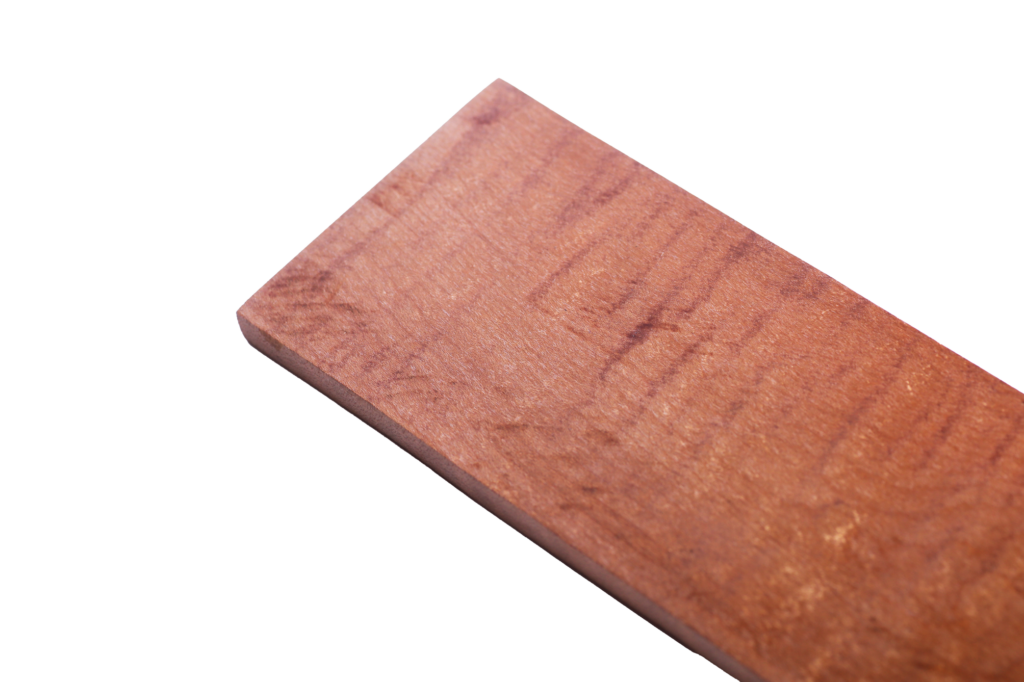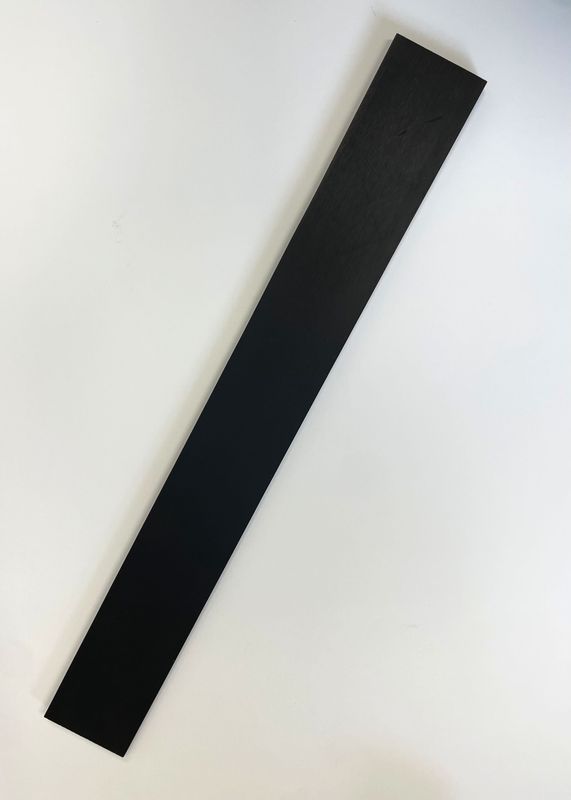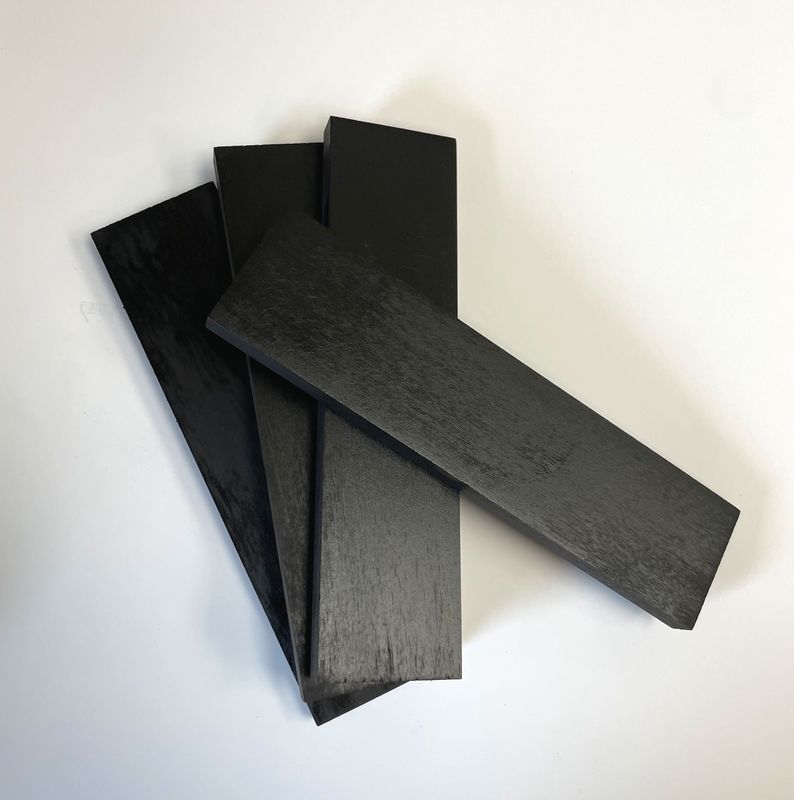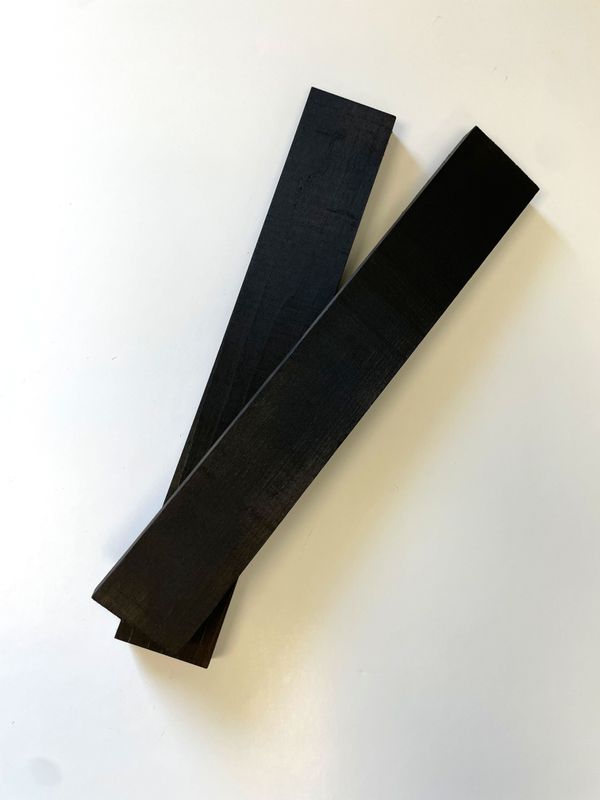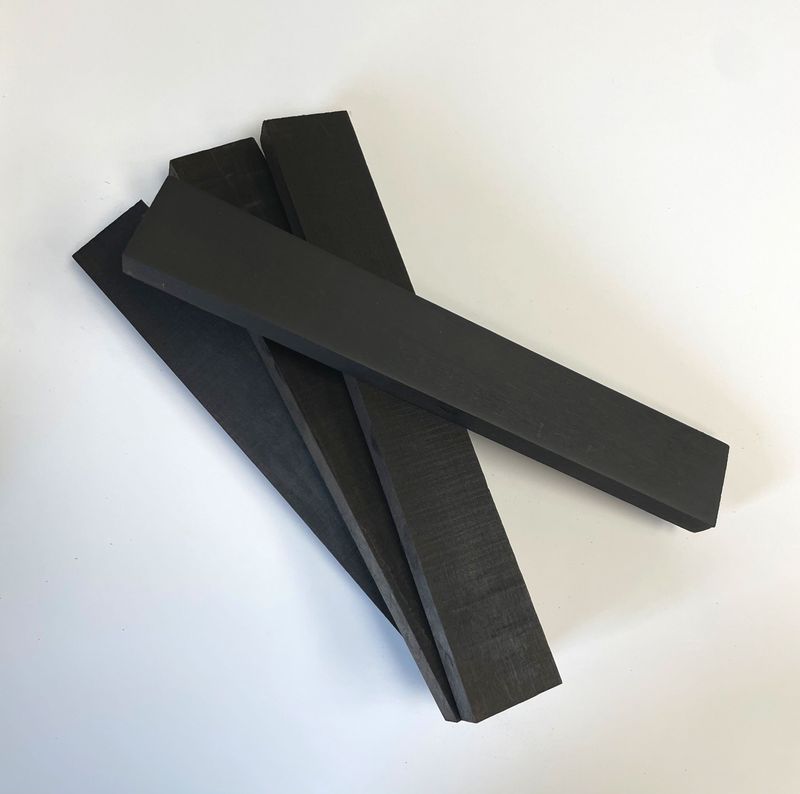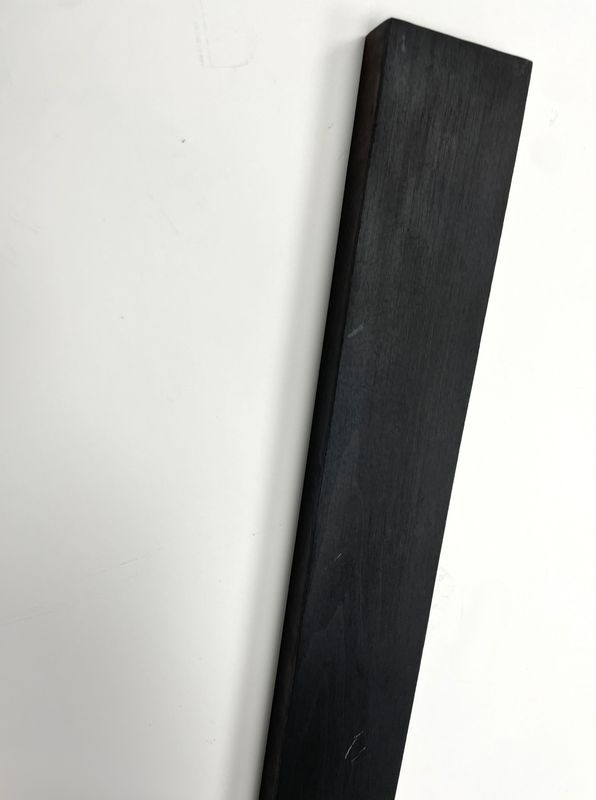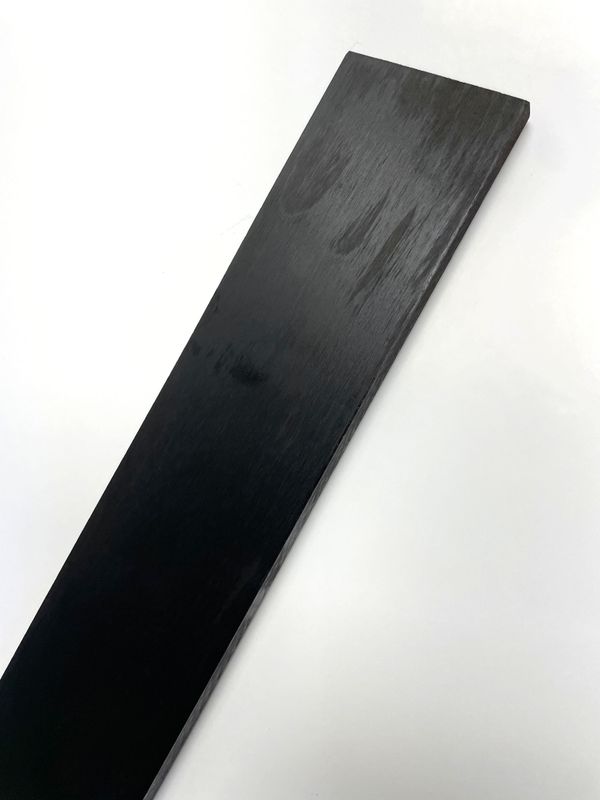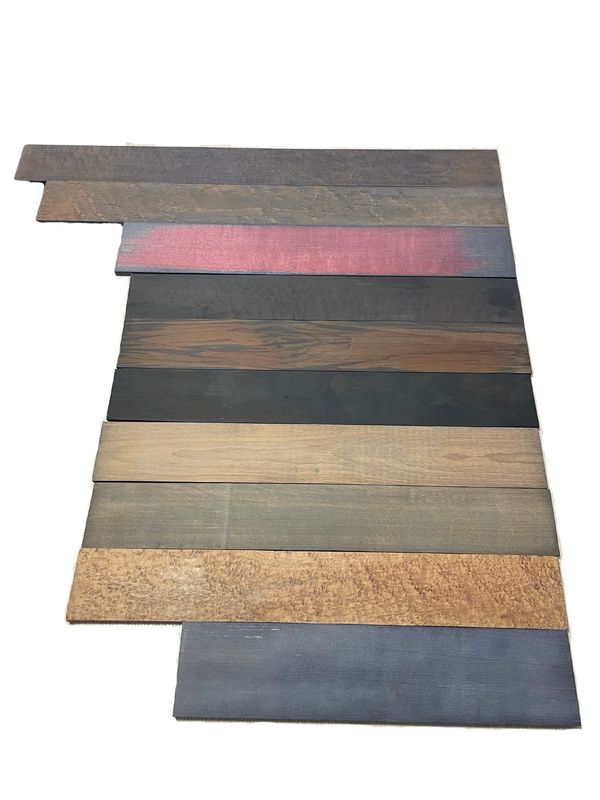
Obsidian ebony
Obsidian Ebony: A Sustainable Alternative for the Music Industry
For decades, the music industry relied on ebony to craft fine instruments. But as this tropical black wood became endangered, musicians and manufacturers faced growing supply problems. ThermalWood Canada responded with Obsidian Ebony—a real wood alternative that solves scarcity issues. It delivers durability, stability, and a glass-like finish that rivals traditional ebony. Developed with local scientists in New Brunswick and tested by major players like Fender and Martin, Obsidian Ebony offers a sustainable choice for modern instrument making.
ThermalWood Canada’s Journey
Based in Bathurst, New Brunswick—“God’s Country,” as co-owner Bob Lennon calls it—ThermalWood Canada started in 2008. At the time, it was one of just twelve thermal modification companies in North America.
Despite launching during what Lennon calls “the worst time to start a business,” the company thrived. By applying heat and steam in a controlled environment, they transformed locally sourced wood into rot-resistant material used for decking, cladding, and musical instruments.
Their introduction to the ebony crisis came while producing highly stable maple guitar necks. Rising scarcity and ethical concerns about ebony led to a search for an alternative that could meet the high standards of musicians and luthiers.
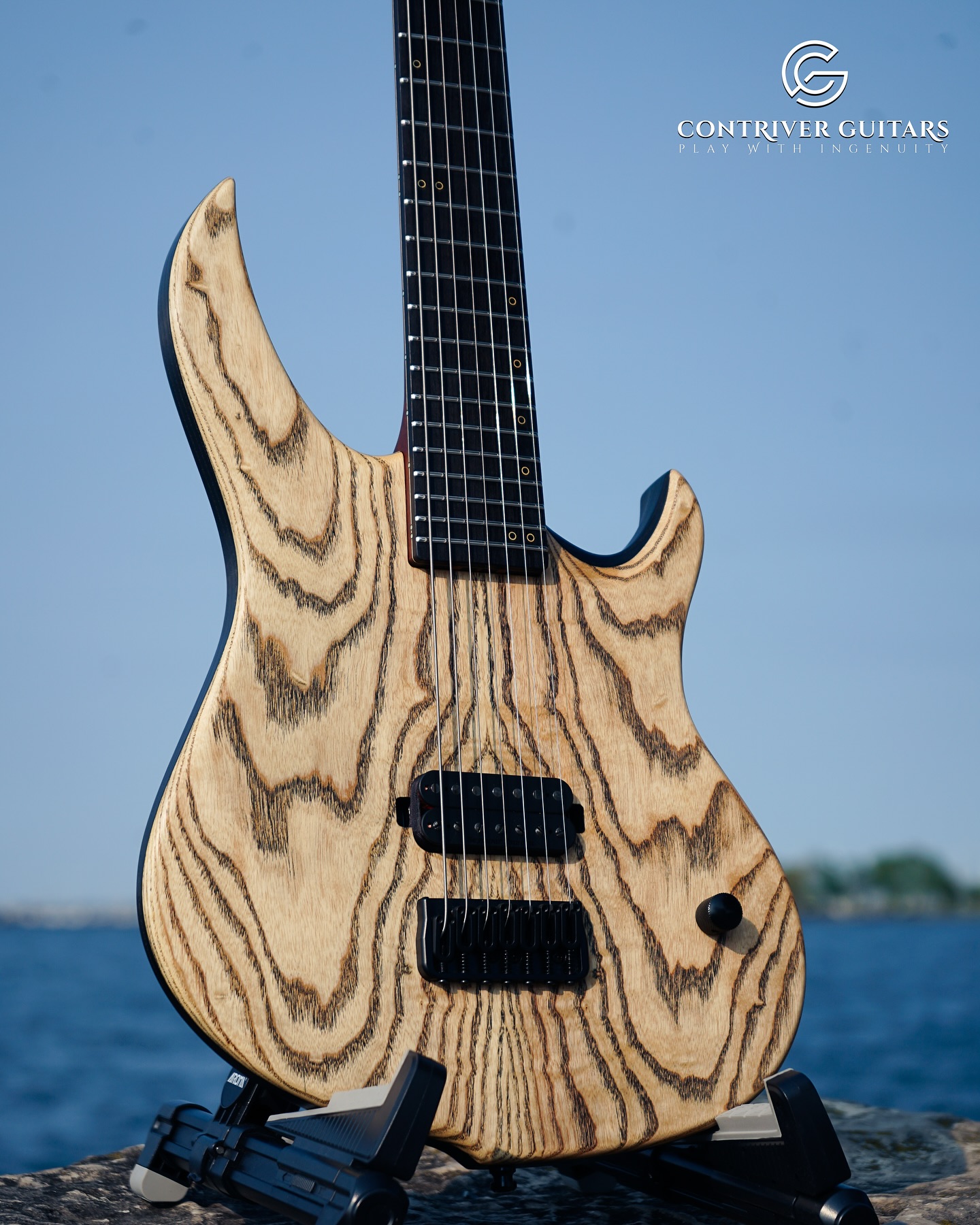
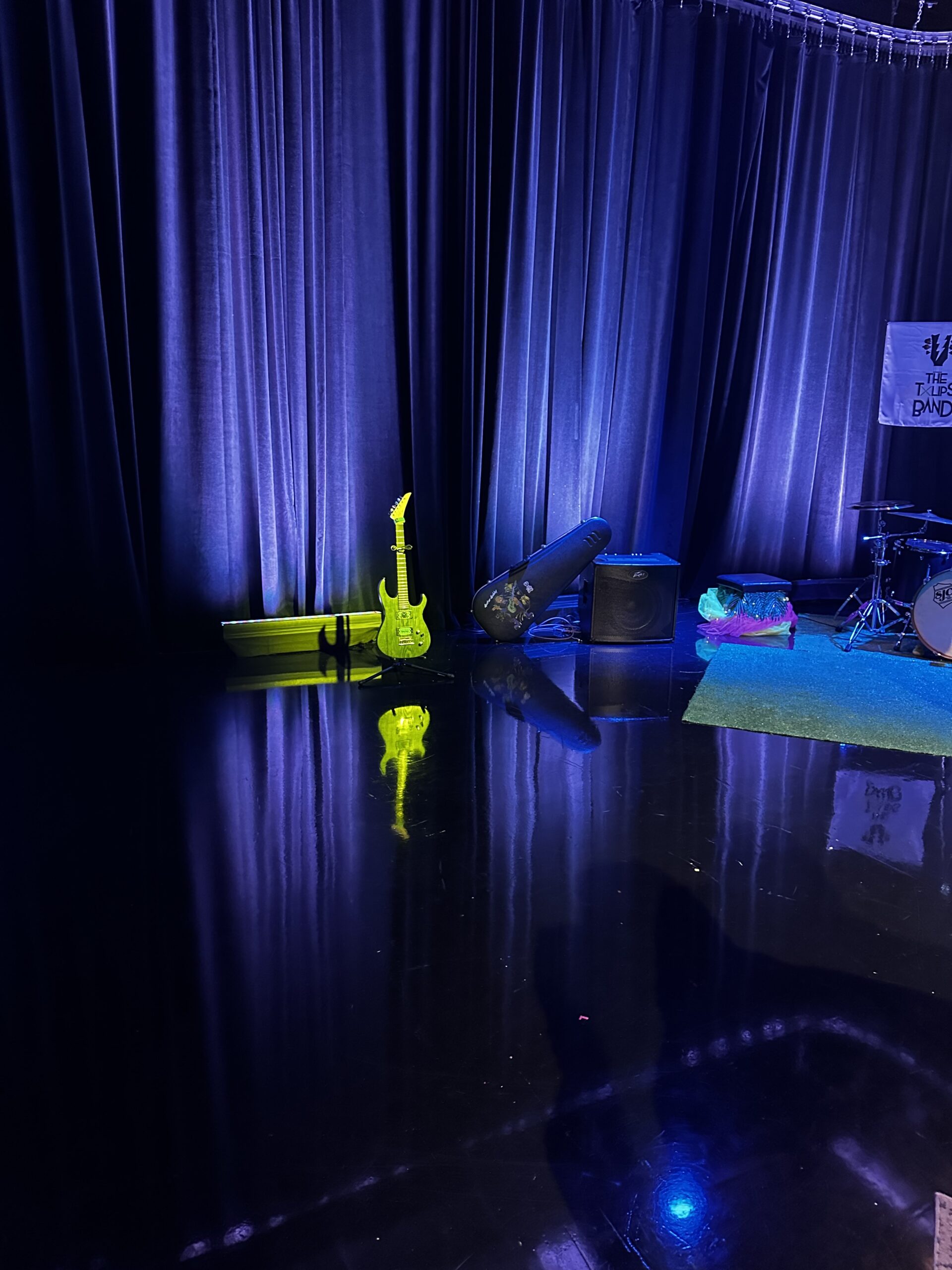
The Problem with Traditional Ebony
Black ebony (Diospyros ebenum) grows in India, Sri Lanka, Madagascar, and parts of Africa. Prized for centuries, this dense heartwood is known for beauty, hardness, and moisture resistance. Parisian cabinetmakers in the 16th century were even called “ébénistes” for their use of ebony.
Instruments have long depended on ebony for fingerboards and tailpieces. Its density and stability made it the perfect material. But overharvesting devastated natural supplies, and strict restrictions made sourcing legal ebony expensive and difficult.
The Birth of Obsidian Ebony
The breakthrough came by accident. ThermalWood Canada worked with scientists in Fredericton, sending them wood samples for experiments. When the samples returned, they were dramatically transformed. “We looked at each other and went, ‘whoa!’” Lennon recalls. “Then we asked, ‘can we do this in black?’”
That moment sparked five years of development. While growing their core business, the company refined the process. Partnering with Fender, Martin, and a global network of luthiers, they gathered feedback. The response was clear: Obsidian Ebony not only worked but sometimes enhanced the playing experience. Musicians said it improved control, tone, and precision.
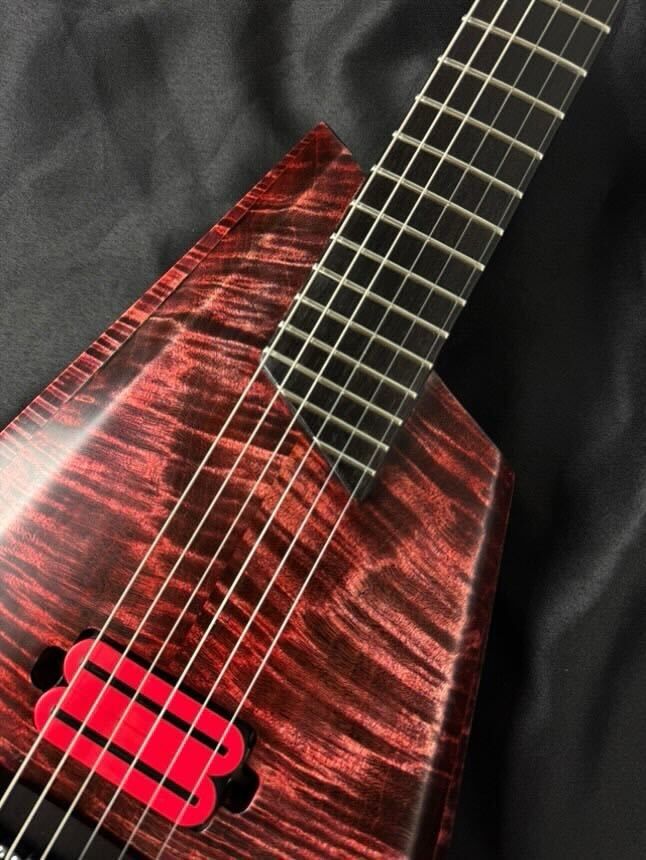

We’ve Been Featured in Guitar World
Why Musicians Choose Obsidian Ebony
The fretboard drives tone and playability. Musicians need wood that holds up to constant pressure, resists grooves, and maintains smoothness. If the material fails, the instrument suffers in sound and feel.
Ebony set the standard for hardness and wear resistance. Obsidian Ebony had to match or surpass it. Testing confirmed the new material met the challenge. It showed excellent hardness, stiffness, and flexibility, while resisting wear over time. In many cases, it equaled or outperformed natural ebony.
Scaling Up for Global Demand
As word spread, demand for Obsidian Ebony surged. Production capacity became the biggest challenge. “We had a small test lab that might make a hundred a day, not thousands,” Lennon says. “The equipment to do this didn’t exist.”
To solve it, ThermalWood Canada partnered with the New Brunswick Community College Innovation Group (CCNB INNOV). Their engineers designed and built specialized equipment to scale output. This made it possible to meet industry demand.
The Future of Obsidian Ebony
Today, Obsidian Ebony proves that sustainability and performance can go hand in hand. ThermalWood Canada transforms locally sourced wood into a high-performance ebony alternative. The result: musicians get the strength, stability, and tone they need—while helping to preserve the world’s endangered ebony forests.
With its unmatched durability, striking black finish, and sustainable origin, Obsidian Ebony is setting a new standard for the music industry.
Hear what the experts have to say!
In an effort to learn more about our product through the eyes of instrument and furniture builders, ThermalWood Canada sent Obsidian samples all over the world. None of these videos are paid promotions, these were all made with the understanding that if they did not like our product, the video was still going to be shared.
Feeling confident in the product that we created, we did it anyway. Here are some of the responses we received from luthiers like Ted Woodford, Robbie O’Brien and even Greene & Greene furniture maker, Darrell Peart.
testimonials
We’re always thankful for the feedback that we receive. Good or bad, it’s essential for us to know from seasoned and young woodworkers exactly what it is like to work with the Obsidian Ebony.
We’ve collected a few of the detailed testimonials that we’ve received since launching this product. As we mentioned, we can’t grow as your sustainable alternative supplier, if we don’t receive feedback. This is our way of thanking those who’ve spent the time working with the product, and creating thoughtful testimonials.
elevate your project with thermalwood
We want to know all about your project. Big or small, it doesn’t matter. ThermalWood Canada is here to bring your project to life. But in order to do that, we’re going to need some information from you so we can give you the most accurate feedback we can. So, click below, explain what you have in mind, and let us tell you how our products will elevate your project to the next level.
